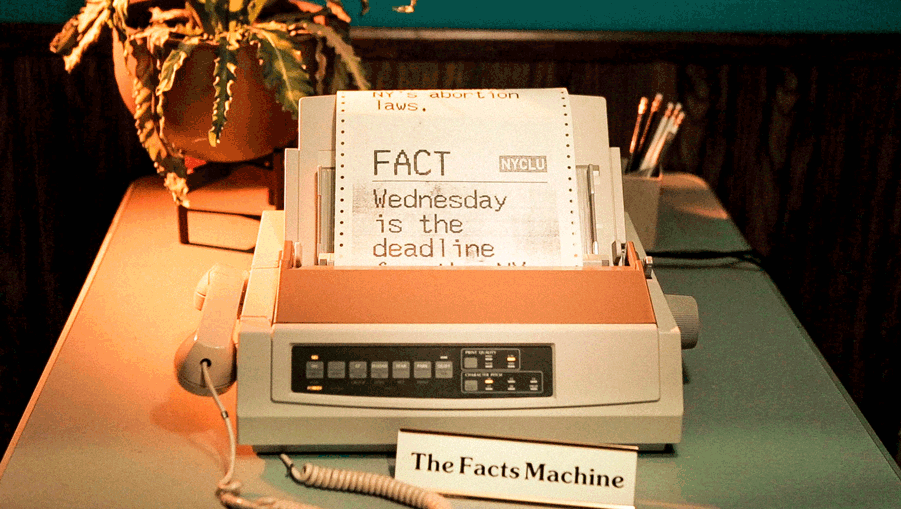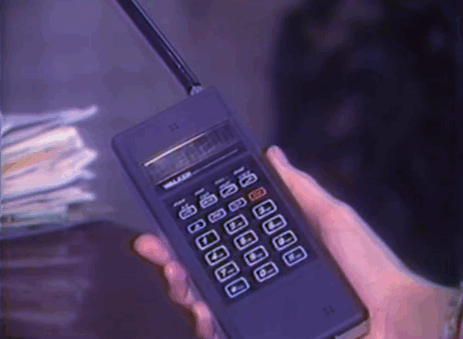
After all, artists have long used constraints to spur creativity. You can think of it as an expansive visual vocabulary built over the years.Īnd while newer formats might bring more options, Tumblr head of creative strategy David Hayes says that the GIF's technical limitations are actually its strength, not its weakness. When you want to express dismay or joy or any other emotion, all you have to do is go to Tumblr, Giphy, or Tenor and you can find a ready-made loop. Part of that success owes itself to web obsessives, who have built up an enormous inventory of GIF files to choose from. But all these years later, Vine is gone and the GIF is still with us. It seemed like surely something newer like Vine or Snapchat would replace GIFs. That year Steve Wilhite was awarded a life-time achievement award at the Webbys, where he stirred up a mini-controversy by telling the world that GIF is pronounced like the peanut butter brand Jif, not like "gift."Īt the time, it was easy to see GIFs as a passing fad, a throwback to the 1990s along with the " soft grunge" trend. By early 2013, GIFs were showing up in museums and marketers wanted in. That same year, Oxford Dictionaries named "GIF" the word of the year. The Nieman Journalism Lab called the 2012 Summer Olympics a " coming-out party" for the animated GIF. It's hard to say exactly when the GIF re-entered the mainstream web experience. The rise of smartphones made this form of visual communication all the more appealing. Clips of people clapping, slamming their heads on a desk, or dancing replaced text, and new, more artistic GIFs emerged as a form of micro-entertainment. "The easiest, simplest thing wins," he says.Īs people realized they could stick tiny, looping bits of animation into web-based conversations, GIFs became a new form of expression. But the format survived on web forums and sites like 4chan, Reddit, and Tumblr.Īdam Leibsohn, the COO of the GIF search engine Giphy, calls the GIF an "insurgent format." It enables people to publish moving images in places they weren't necessarily intended, like someone's signature on a forum. Animators and artists, meanwhile, moved on to more sophisticated media like Flash and later HTML5. As web design professionalized, those under construction GIFs disappeared. The animated GIF epidemic ended about as quickly as it started. Unisys's LZW-related patents expired in 2006, but the ordeal of dealing with the company left a lasting impression on Trevor, who now works as a consultant helping tech companies avoid running into patent suits.
90 gif machine software#
The company threatened to sue anyone who made software that could create or read GIFs without paying for a license. In 1994, IT giant Unisys claimed to own the LZW protocol that Wilhite used in the GIF specification. The file format also became the center of one of the web's first patent disputes. The dancing 7-Up mascot " Cool Spot" also made a unconscionable number of appearances, making it perhaps the first viral #brand GIF. The " Dancing Baby" becoming one the web's first true viral video sensations. Soon, " under construction" GIFs adorned practically every site on the web.

"I didn't ask Steve to put in as much extensibility as he did, but I'm glad he did," Trevor says. That enabled the team behind the Netscape browser to create the animated GIF standard in 1995. But the most important thing about the format was that Wilhite had the foresight to make it extensible, so that other developers could add custom types of information to GIFs.

And because portions of an image could be transparent, meaning an image could blend into the background or be fit together with other images in interesting ways, it enabled web designers to create more complex layouts. The GIF was perfect for displaying logos, line art, and charts on the web for all the same reasons that Wilhite first developed the format. Not bad for an image standard that pre-dates the web itself. The GIF does double duty as both expression and as badge of digital literacy. Others, like Sean Spicer disappearing into the bushes-itself a remix of a popular Simpsons GIF-serve up political satire. Some, like Orson Welles clapping or Michael Jackson eating popcorn, have become instantly recognizable shorthand. But today they're ubiquitous, and not in some nostalgic sense.Īnimated GIFs have transcended their obscure 1990s roots to become a key part of day-to-day digital communication. Such mainstream approval would have seemed unthinkable even a decade ago, when GIFs had the cultural cachet of blinking text and embedded MIDI files.

Today, Twitter has a GIF button and even Apple added GIF search to its iOS messaging app. Yep, it turns out the GIF is a millennial, too.Īt the same time, 30 makes the GIF ancient in web years, which feels a bit weird, given that the proliferation of animated GIFs is a relatively recent phenomenon. The web's favorite file format just turned 30.


 0 kommentar(er)
0 kommentar(er)
